On 22 March 2014, actor Sunny Leone and producer Ekta Kapoor appeared on Colors channel’s TRP topper, Comedy Nights with Kapil, to promote their latest film, Ragini MMS 2. The comedy show, modeled on the popular British show, The Kumars at 42, has made host Kapil Sharma not only a household name but also a sought after performer, so much so that the biggest stars, from Shahrukh Khan to Amitabh Bachchan , have promoted their films on his show. The show is replete with sexist jokes and slapstick humour about the female anatomy, yet it is touted as a ‘family entertainer’ and is telecast on a weekend primetime slot. In fact, it was widely reported that, given the show’s purported audience profile as primarily ‘a family audience’, Kapil Sharma did not want Sunny Leone to participate on his show because he was afraid that she would alienate his viewers. Yet, the widely advertised episode with Sunny only proves that Kapil’s clout did not work.
Now, when this incident is placed in context of how Ms. Leone was refused entry in Indore because of threats from a Right wing group, where she was slated to promote Ragini MMS 2, while similar promotional activities in other small cities like Bhopal, Ahmedabad and Nagpur went unhindered, one is struck by the contradictory signals regarding the public reception of Sunny Leone. From adulation of millions of fans to mass protests about vulgarity, Sunny Leone evokes the most extremes of reactions. If one were to set aside the audience gaze for a moment, how does one think through the way Sunny Leone is constructing her image for a career in Bollywood? What are the questions posed by such a construction? Is there a specificity to Sunny Leone’s circulation in Indian cinema? If yes, how is it different from the notions of respectability that were contested on the female actors’ bodies in early Indian cinema? Does Ms. Leone’s past career in adult entertainment in the US, details of which are still in wide circulation coupled with her unapologetic celebration of her past, connote a shift in the way female actors in Bollywood are perceived by spectators? What is this specific socio-political moment in contemporary times that ensures that, irrespective of her former career, the form and content of her Hindi films and their box office reception—as well as the frequent backlash she encounters—Sunny Leone continues to be passionately discussed and pursued for brand endorsements and new filmic projects?
A Life in Four Chapters
Sunny Leone has a YouTube channel that registers lakhs of hits daily. In a bunch of four videos titled ‘Draw My Life’, we see a female hand drawing human beings and objects on a white board, corresponding to a commentary by Sunny Leone. Here, she is narrating her life story so far, in four short video clips. She begins by stating that she was named Karenjit Vohra at birth by her Sikh parents, settled in Ontario, Canada. Hers was a “close knit Sikh” family and though she had a traditional Sikh upbringing at home, her education was in a Catholic school, ensuring “that she had the best of both the worlds”. She also states that besides her husband, her brother has been her biggest source of strength. Then she talks about her appearance. How at school, she was a “dork”, with a buck-toothed smile and oversized clothes. To top that, she was a “tom boy” who played all kinds of outdoor sports from hockey to football. She sold lemonade and did other odd jobs to raise money for her soccer team. She felt quite integrated into “Western culture” but had her “Indian values” intact. So at community programmes, she happily donned her lehnga choli and gorged on aloo ke paratha while the juicy burger was also her favourite. At age 13, she shifted with her family Michigan, USA. It was tough adjusting in the new environment but Sunny stuck through. However, one thought kept gnawing at her. Why wasn’t she as pretty as the other girls in her class? At 19, she created her portfolio and showed it to an agent but she did not know that he was an adult agent. He offered Sunny her first break as an adult entertainer. The cash was good and offers to appear on adult magazines kept pouring in but she was apprehensive, initially. Ultimately, though, she decided not to “overanalyse”. She loved the name Sunny and Leone was given to her by the owner of Penthouse magazine, who was an Italian. She won numerous awards including the Penthouse pet of the year. She not only became financially independent but also travelled extensively. She even set up her own website which won the most popular adult site title. In 2008, she set up her own production house, Sunlust Pictures, with her now husband Daniel Weber.How does one think through the way Sunny Leone is constructing her image for a career in Bollywood? What are the questions posed by such a construction? Is there a specificity to Sunny Leone’s circulation in Indian cinema? If yes, how is it different from the notions of respectability that were contested on the female actors’ bodies in early Indian cinema?
Sunny’s popularity ensured that she could not keep her career hidden from her family anymore. Once she broke the news, her parents were displeased but eventually came around and respected their daughter’s autonomy. Her parents died in quick succession in 2010 and Sunny immersed herself in work to stave off the grief. The Bigg Boss offer came to her in 2011 and she accepted it. On the show, initially she did not disclose her profession to her co-participants and allowed them to know her well first. Mahesh Bhatt, the renowned director and producer, appeared on the show and made her a film offer. She lasted for 6 weeks on the show and once out, she shot for her first Hindi film Jism 2. Sunny says, “I guess my life worked out really great because I always stayed dignified and I worked really, really hard.” So that’s Sunny Leone’s life in a nutshell, her version of it. A traditional, unremarkable girl transforms to a glamorous sex siren with sheer hard work, some luck and great support from the family. Thanks to the glut of skin whitening commercials where we regularly see unexceptional (read ‘dark’) girls using skin lightening creams to bag cushy jobs, win beauty pageants and lovers, Sunny’s story seems extremely relatable. From this brief biography, it is possible to tease out details that can be situated in a larger political debate on the sociocultural construction of gender.
An NRI Strikes Gold
The term ‘Non-Resident Indian’ gained currency in the 1970s. Arvind Rajagopal argues that NRIs are “an apotheosis of the Indian middle class”, typifying what Indians could achieve if they were not obstructed by a protectionist, underdeveloped economy and an inefficient government. However, while the liberal economic policies of the West contributed to their growing prosperity, they still remained the constitutive others in a white economy. Cultural difference became the tool to assert their identities. One way to do so would be to build temples, mark Indian rituals, festivals and ceremonies on weekends and holidays. When the Indian economy was opened up to the multinationals in the 1990s, the Vishwa Hindu Parishad rabidly opposed this move. However, their US shakhas did not include their preference for homegrown companies on their agenda. In fact, the American justice system was equated with the Vedantic way of governmentality to touch base with the NRIs. That they succeeded is amply proven when we see footage of the days before the Babri Masjid demolition. Dollars and dharma presented a heady concoction where hefty donations came from foreign shores for the construction of the Ayodhya temple.Sunny Leone’s traditional upbringing “included the best of both worlds”—the economic comforts of the West and the cultural capital of the East. So then, given the bounds of honour and tradition, did Sunny Leone transgress gender norms by choosing a career in porn films?
I bring in this little background to locate Sunny Leone’s traditional upbringing, which in her own words, “included the best of both the worlds”—the economic comforts of the West and the cultural capital of the East. So then, given the bounds of honour and tradition, did Sunny Leone transgress gender norms by choosing a career in porn films? For, here is a woman from a religious Punjabi NRI family who exercises her bodily autonomy and transacts it for a living and then makes no effort to conceal that choice, not even after she has joined Bollywood. Here, it must be noted that Sunny Leone’s channel, besides giving make up tips and sharing her life story, also has videos like ‘Home Alone’, ‘Bathroom Diaries’ and ‘How to Wear a Condom’ which direct the viewers to her website from which one can download her porn films and even view her nude photographs.
Looking Beyond the Commodification Discourse
Unlike in the US, where there is a long history of feminist debates around pornography, there hasn’t been a prolonged debate on the same in India. The discourse around the representation of women in the visual medium has centred on the objectification and commodification of women. Shohini Ghosh demonstrates how in the 1990s, feminists found themselves on the same boat with the right-wing forces when they tried to protest against the purported vulgarity of the Choli Ke Peechey song. While the Right invoked Indian cultural traditions, the feminist concern was the visual representation of women. Ghosh argues that such a position conflates discrimination and desire, coercion and consent in a way that results in a blanket connotation and denotation of any representation of ‘sex’ as bad. Is a pornographic text in itself, the problem or is it the sexism or misogyny in that text? She asks provocatively, “In a rapidly commodifying world, what makes the commodification of women’s bodies worse than commodification of anything or anybody else? Why, for instance, are sports professionals not indicted for commodifying their bodies to sell credit cards, music systems…?” However, to use this argument to celebrate Sunny Leone’s career choices as that of a completely autonomous individual and to view her subsequent popularity as the sign of a shift in societal perspective on body, desire and its representation would be a tad simplistic, for, as we shall note, neither do choices exist in a rarefied realm nor do they operate without limits.Just as the Indian market opened up to globalization in the early 90s, India got two international pageant winners: Sushmita Sen as Miss Universe and Aishwarya Rai as Miss World in the year 1994. Rai went on to become a superstar in Bollywood and her image also circulated transnationally quite successfully. The most common technique adopted by multinational companies to sell anything from drinks to diamond has been the deployment of light skinned female models. This white femininity is predicated on a colonial history of hierarchy that privileges white femininity over the non-white which is, in turn, conflated with the working class and lower castes. White femininity is thus used to display the desirability of commodities. This is one standard of beauty to which Aishwarya Rai classically conforms. In addition, her light eyed beauty does not allow the industry to ascribe any national specificity to her body. The fact that she can be passed off even as a Greek beauty adds to her exotic charm. Sunny Leone’s entry into Bollywood needs to be situated in this context. Leone’s body fits into the aspiration of white femininity typified by many contemporary stars. Aside from her white skin, her NRI status, her accented English and her foreign upbringing are all indicative of a privileged class position, which sets her apart from women associated with ‘prostitution’ or the disreputable trades, irrespective of her past as a porn star and her current production house catering to adult entertainment. In a way, her ‘legal’ association with adult entertainment becomes a marker of professional choice in a globalised, market driven world rather than a sleazy past mired in underhand dealings. Undoubtedly it adds to her exotic charm and she is constituted as the classically ‘bold and beautiful’.
“In a rapidly commodifying world, what makes the commodification of women’s bodies worse than commodification of anything or anybody else? Why, for instance, are sports professionals not indicted for commodifying their bodies to sell credit cards or music systems?”
So the relation between consumer capitalism and the way it constitutes the sexual agency of different classes of women is a question that becomes extremely pertinent when we are reading the construction of Sunny Leone. Post liberalisation, it is in the interest of the market to ‘mark’ the upper class, upper caste woman as a ‘consuming subject’ of local/global products. This marking would involve making choices from a wide array of options that the market offers and making a choice is exercising agency, even though it operates within bounds of tradition. So, what seemed quite transgressive and bold in the ’70s and ’80s, like middle class girls aspiring to become film actors, is quite commonplace in a post liberal economy. Modeling is a sought after career choice and given the spate of beauty pageant winners who made a beeline for a career in cinema and given the glut of reality shows on satellite networks promising to make stars out of dreamers in small towns, making a career at the movies is yet another career option for many middle class families. This is not only about Sunny Leone making a career move, but most importantly, it is about a move enabled by a certain historical moment. This is in stark contrast to the early days of Indian cinema when the very site of cinema as an art form was considered disreputable and hence beyond the domain of upper class, upper caste women.
Limits of Agency
Now let’s look at some of the recent interviews of Leone. To an interviewer asking her to define herself, Sunny Leone says, “I am definitely not who you think I am. My job is just my job. My profession is absolutely separate from my personal life. The person on screen is somebody else. It’s a character created to entertain you and it’s not me at all. I am just a hard working woman, and I promise you, I’ll change your mind about who I am, if you give me five minutes!” She also adds that she would prefer the sexy image for the entertainment industry while the housewife image for her family and friends. In another interview, she proudly states how she does not sign a film without her husband Daniel Webber’s go-ahead. In an interview about what girls look for in men, she says that on a first date she would expect her man to pay the bills because “I come from an old-school mentality. That’s what my dad would do, my grandpa would do, my brother would do.” In fact, in her narrative of her life on Youtube, she repeatedly mentions how her family members, especially male, have supported her in her ventures, despite some initial discomfort with her chosen career. Thus Leone is careful to reiterate, first, familial bonding and support, the markers of the traditional Indian woman of respectable classes, and second, a clear separation of the professional and the personal. So, here is a woman who straddles the home and the world successfully and dutifully and with due valourisation of the family and gendered norms of behaviour.Sunny Leone’s entire career can also be read in terms of how it constantly formulates and reformulates notions of the public/private, professional/personal. Her very appearance on a reality show like Bigg Boss is itself an interesting site of examination. Here is a show predicated on the conceit that ‘truths’ about human nature can be revealed under 24X7 surveillance, that mediated reality reveals more than an unmediated one. So, you perform yourself publicly, a performance resting on the foundations of bodily excesses like sweat, tears, pleasure and other emotions, in other words, the public hyper enactment of intimate emotions.
In fact, the entire career of Sunny Leone can also be read in terms of how it constantly formulates and reformulates notions of the public/private, professional/personal. Her very appearance on a reality show like Bigg Boss, modeled on Channel 4’s Big brother, is itself an interesting site of examination. Here is a show predicated on the conceit that ‘truths’ about human nature can be revealed under 24X7 surveillance, that mediated reality reveals more than an unmediated one. So, you perform yourself publicly, a performance resting on the foundations of bodily excesses like sweat, tears, pleasure and other emotions, in other words, the public hyper enactment of intimate emotions. To the specific instance of Sunny Leone, we can talk of the enactment of her incredulity in a foreign setting (trying to speak and decipher an unknown language, living with complete strangers and so on), the attendant stress made visible by the frequent reminiscences of home, the deliberate attempt to create the image of a traditional Indian woman through ethnic clothes, a soft spoken demeanour, the construction of the Hindi heroine through dancing to popular Bollywood numbers of different genres (in fact Sunny Leone’s pole dance to Yeh Mera Deewanapan went viral in 2011 and is still a widely viewed YouTube clip). It is this neat bifurcation of the public and private – which in reality, often overlap uneasily, violently— that becomes an aspirational goal that the new Indian woman aspires towards and Sunny Leone represents such an aspiration.
Though modeling and acting are now acceptable in many quarters as career options for young women of respectable classes, there also runs a strong counter current of disapproval around the ‘indecent’ representation of women and the violation of the ‘honour’ of Indian women. Thus, while Leone’s image finds acceptability among many, it faces disapproval among others. However, between the unceasing debates on indecency and choice, the TRP only keeps shooting up. The world may be pittal, but Sunny only spells sone di!
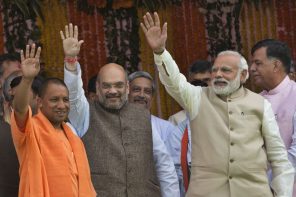
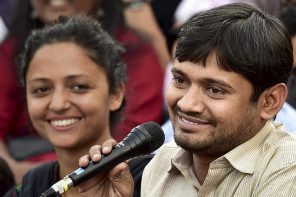
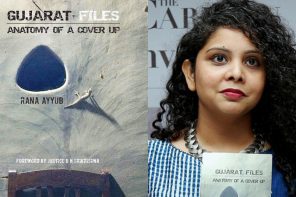

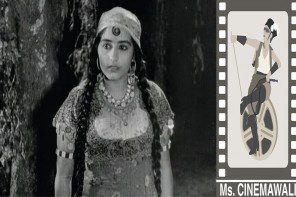
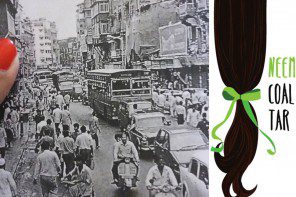
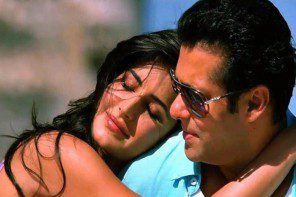
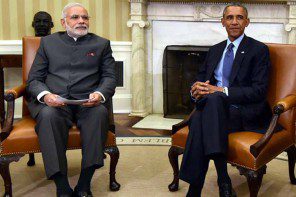

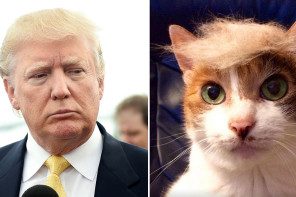

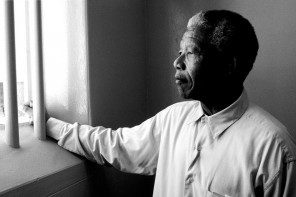

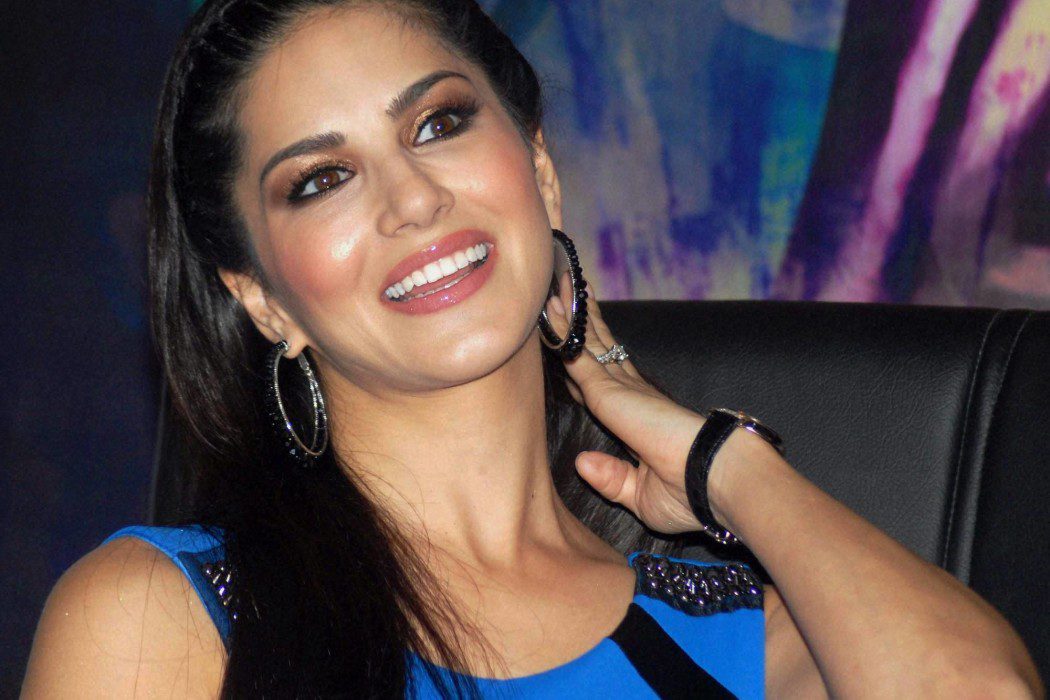



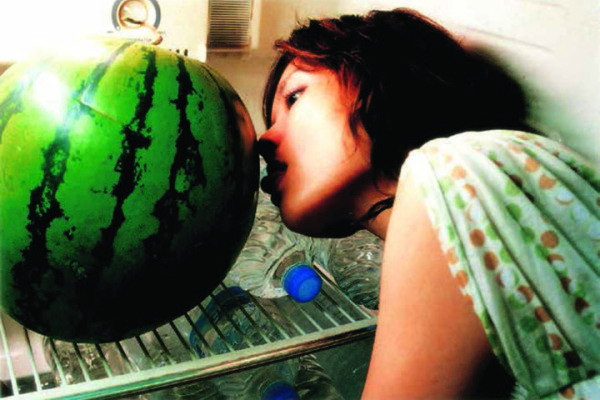
avinash Kumar
Hii my name avinash and my age 23year and I am chef I want pornogarghpy my skin colure blond my hair colure black 5-10hight am indian and thanks
sonam
sunny leone is my fav actress
savita rani
Sunny Leone sexy photo is become number 1 trending search on google.com. I found this website is best for actress wallpaper collection
Ashika Khurana
Sunny Leone’s story is a compelling narrative of transformation and resilience. From a traditional upbringing to breaking stereotypes in Bollywood, her journey is an inspiration for many. #SunnyLeone #Empowerment